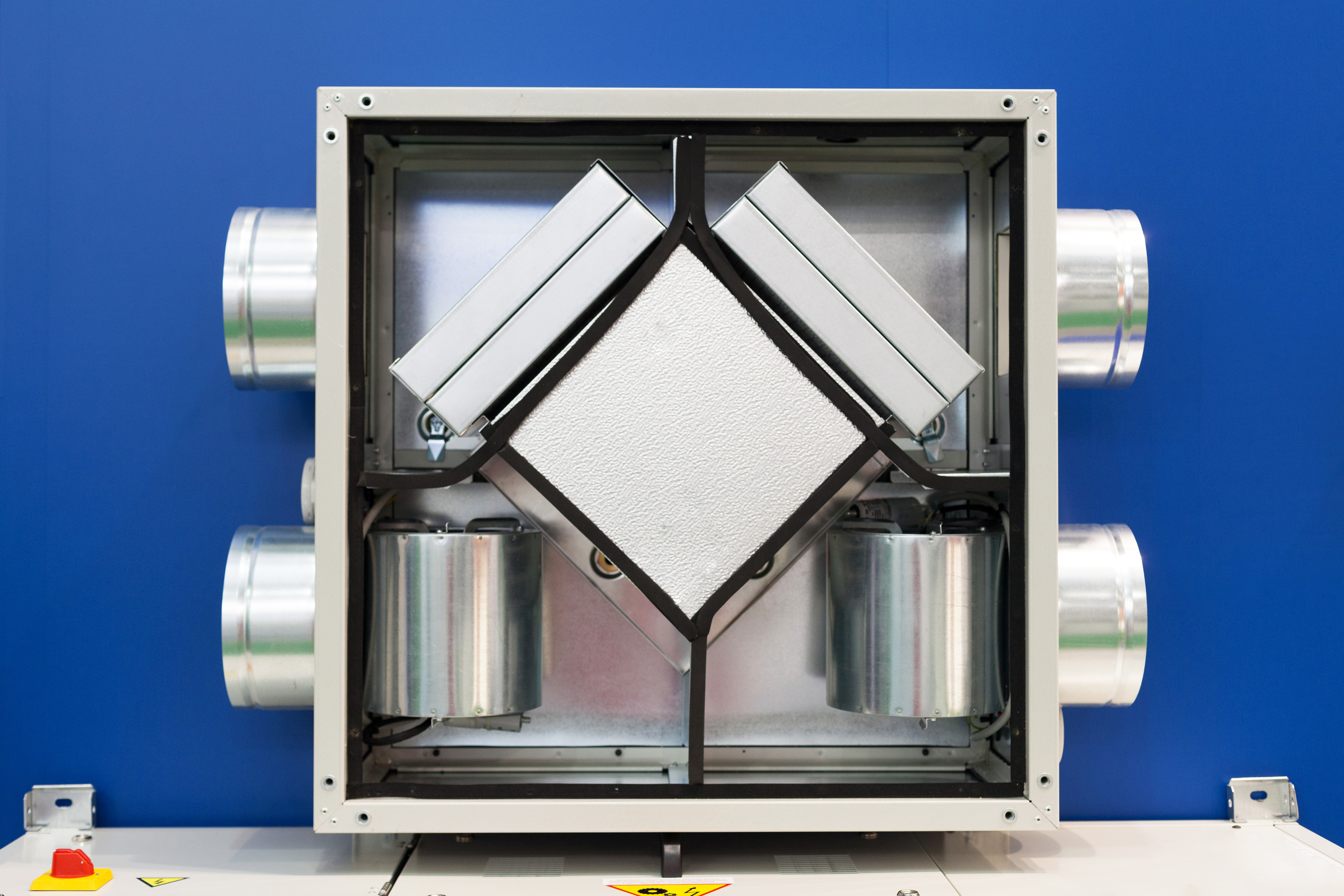Wolseley PRO Pipeline Blog
Introducing an Energy Recovery Ventilator (ERV) to homeowners will open their homes to a new method of air ventilation to improve indoor air quality and increase energy-saving possibilities. As homes become tighter in design and block moisture from escaping, the more crucial it is to have an air ventilation system that operates smoothly and saves energy.
How ERVs and HRVs Differ in Operation
An Energy Recovery Ventilator is a common solution to improve indoor air quality, ventilate homes and save energy. The first thing to clarify for homeowners is the difference between an Energy Recovery Ventilator (ERV) and a Heat Recovery Ventilator (HRV). The difference between an ERV and an HRV is the way they ventilate and exchange air through their cores. An HRV is a sensible-only device, meaning it can only recover sensible (dry) heat, whereas ERVs are a sensible-plus-latent device, meaning it can exchange dry heat and moisture from its core.
An HRV works to replace indoor air with fresh air from the outdoors. In colder months, an HRV will retain the heat from the stale air going out, and preheat the fresh air coming in. In warmer months, an HRV works in the opposite way. The HRV will remove the heat from the incoming air and push it back outside, keeping the inside of the home nice and cool.
An ERV goes beyond what an HRV can do because it not only exchanges heat but moisture as well. So, what does this mean for homeowners?
How ERV’s Can Benefit Homeowners
For many of your customers, an ERV can be a great option for keeping their home comfortable. An ERV allows homeowners greater control of moisture levels in their home. During warmer months, the ERV works to keep the home at a comfortable humidity level by removing excess moisture from the air and ventilating it outside. But as an ERV removes moisture, it also helps the air conditioner to run much more efficiently to produce cool air.
In the colder months, ERVs can also improve indoor air quality by allowing an adequate level of moisture in the air. This can prevent homeowners from throat irritation and dry skin from colder, less humid air in the atmosphere. The ERV recovers moisture in its core from the air before it is ventilated outside, and releases it back into the air inside a home.
In short: an ERV dehumidifies in the warmer months and humidifies in the cooler months. Beyond these qualities, ERVs also improve indoor air quality, making it an easy choice for homeowners. Wolseley carries a variety of ERV systems depending on the home’s design and needs, including the Venmar CR12 ERV, that you can purchase online on Wolseley Express.
 ERV Improves Indoor Air Quality
ERV Improves Indoor Air Quality
Both HRVs and ERVs improve indoor air quality. But as homes now retain more moisture than ever before due to tight designs, and as concerns about energy consumption continue to grow, ERVs are a great option.
The biggest change homeowners will notice with ERVs and indoor air quality is the indoor relative humidity levels in the summer. According to the Government of Canada, if a home continues to bring in humid, warm air that is not properly ventilated, the humidity rises and exceeds the indoor air quality standard of 50%. Maintaining humidity levels in and around 50% helps keep illnesses and health problems at bay and reduces the growing mould and spores in the air and on household surfaces. A reduction in pollutants, allergens and pollen means breathing easy.
ERVs and Energy Saving
Not only do ERVs improve indoor air quality, but they also improve energy savings and homeowner spend thanks to its pre-cooling and dehumidifying characteristics. The NRC Canadian Centre for Housing Technology in Ottawa ran a test to prove the energy savings for two identical homes in a matter of a week during the summer. The ERV was able to control humidity levels and lower the energy the air conditioner needed to operate. The calculated 12% savings from this test is tremendous news for homeowners and for the environment going forward as ERVs will only get better over time.
Maintaining ERVs and Indoor Air Quality
As with any ventilation system, an ERV does need maintenance to maintain its performance. An important part aspect of maintaining a smooth running Energy Recovery Ventilator is cleaning the energy exchange core once per year. Because these cores differ depending on the method of energy recovery in the core, their cleaning instructions differ as well. It is best to refer to the manufacturer's instructions for the best result. Without cleaning and maintenance, an ERV runs the risk of the energy exchange core operating at a less than impressive performance. When installing an ERV for your customers, make sure you also schedule in regular service for maintenance.
Shop all ERV systems on Wolseley Express here.
Sign up now to become a Wolseley PRO and get more tips to help you speak to homeowners about ventilation systems or more tips on HVAC systems.








